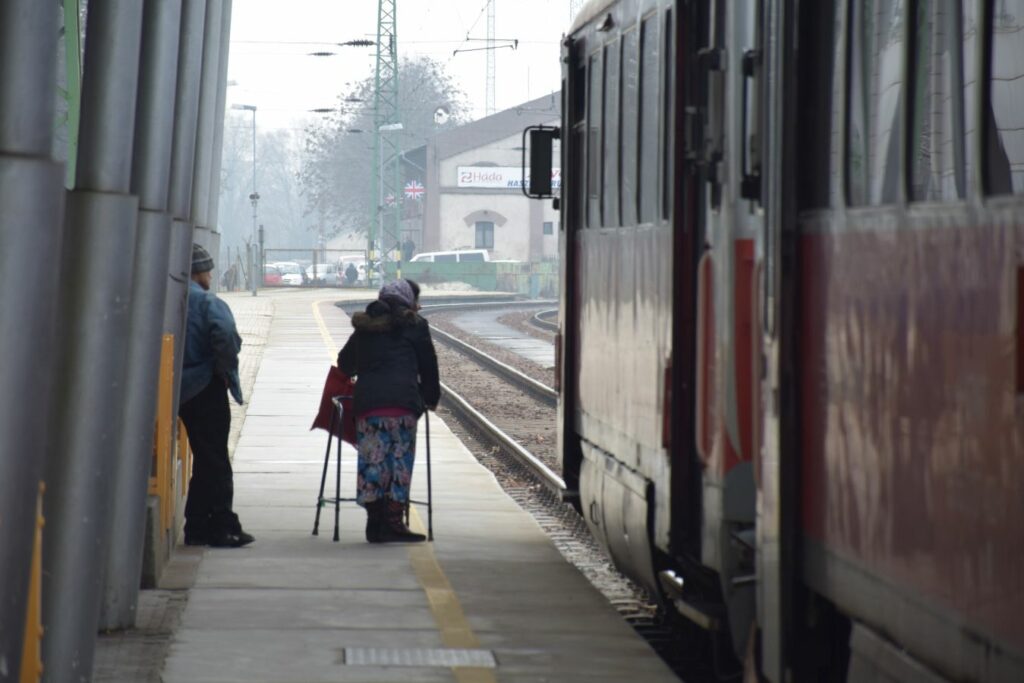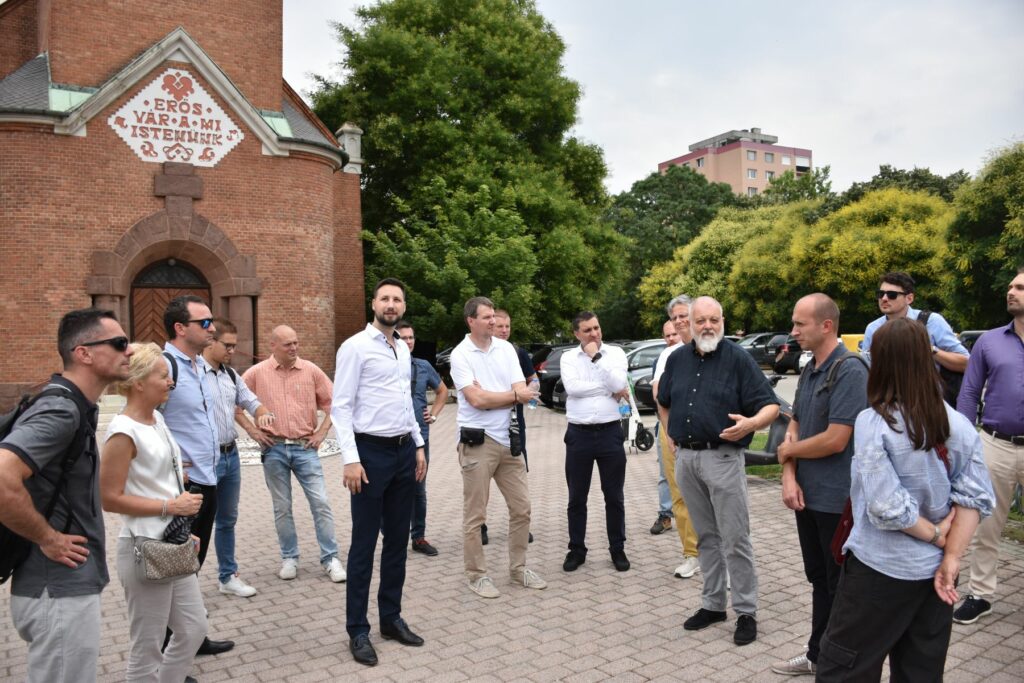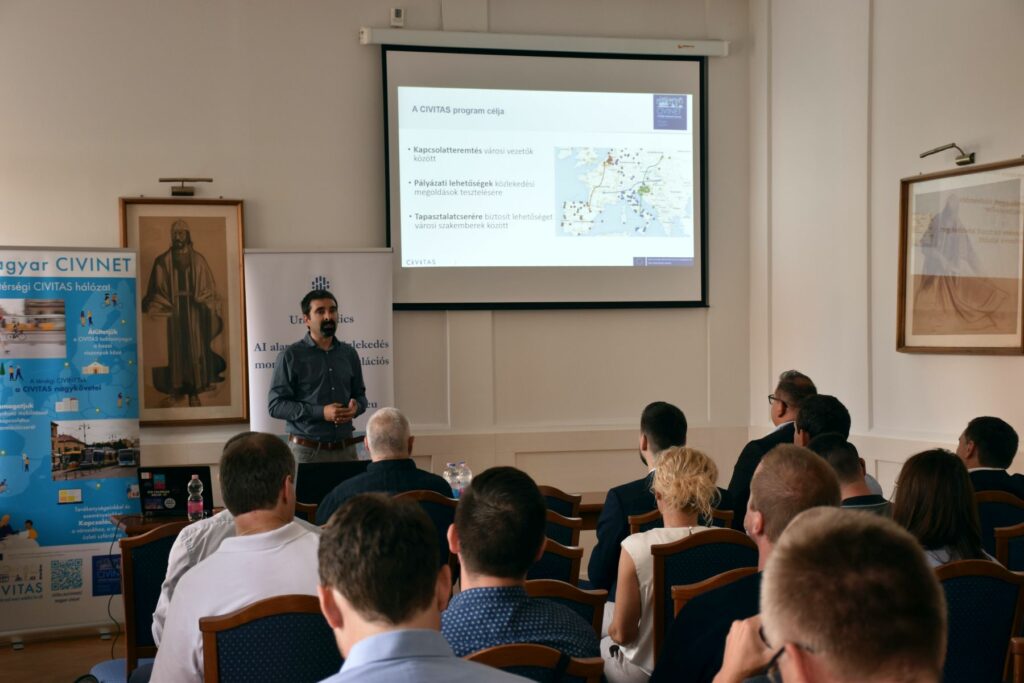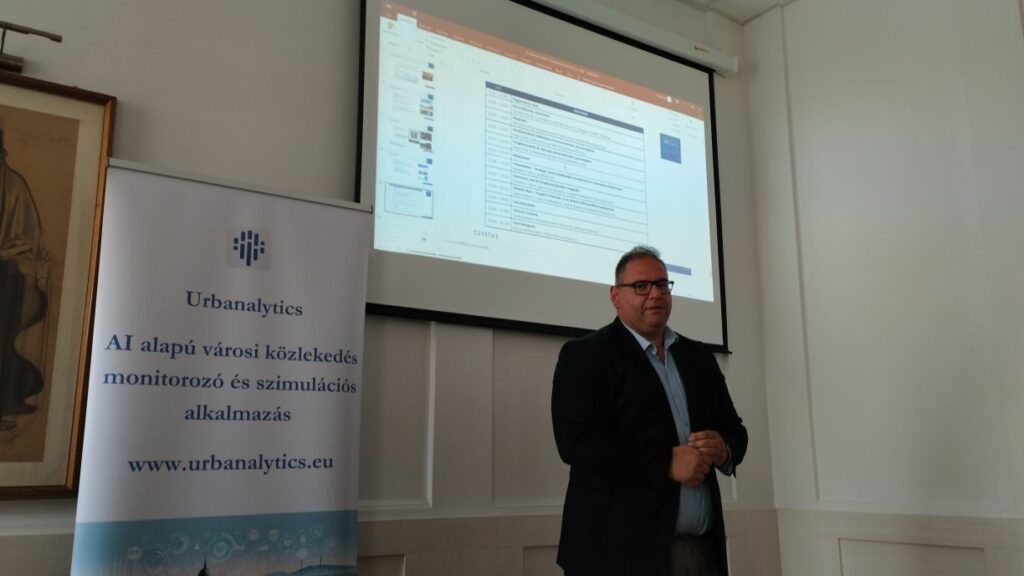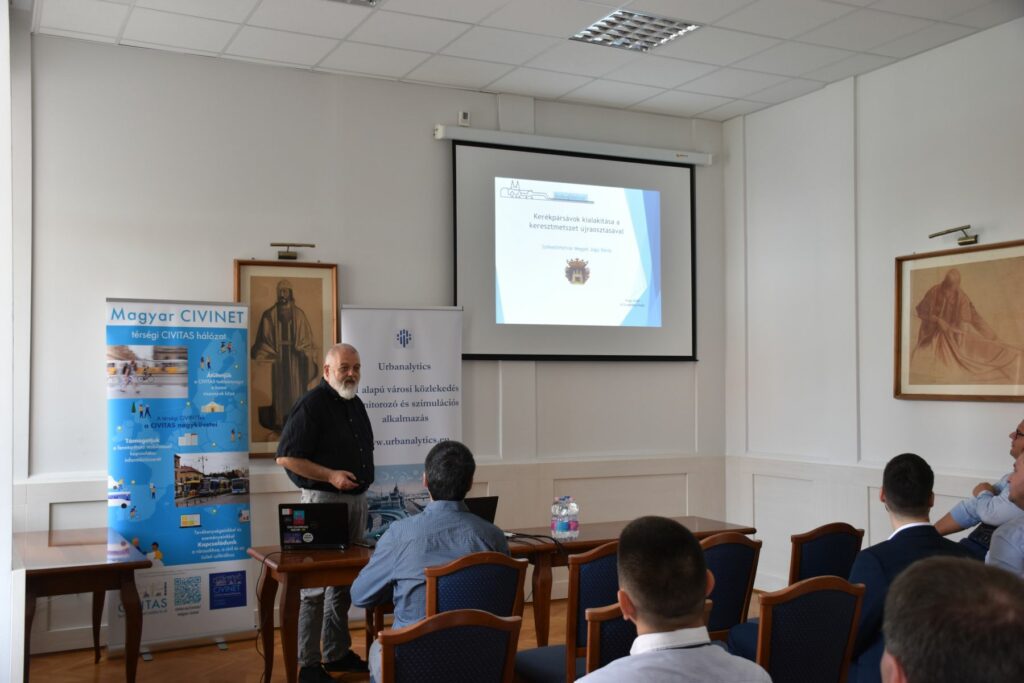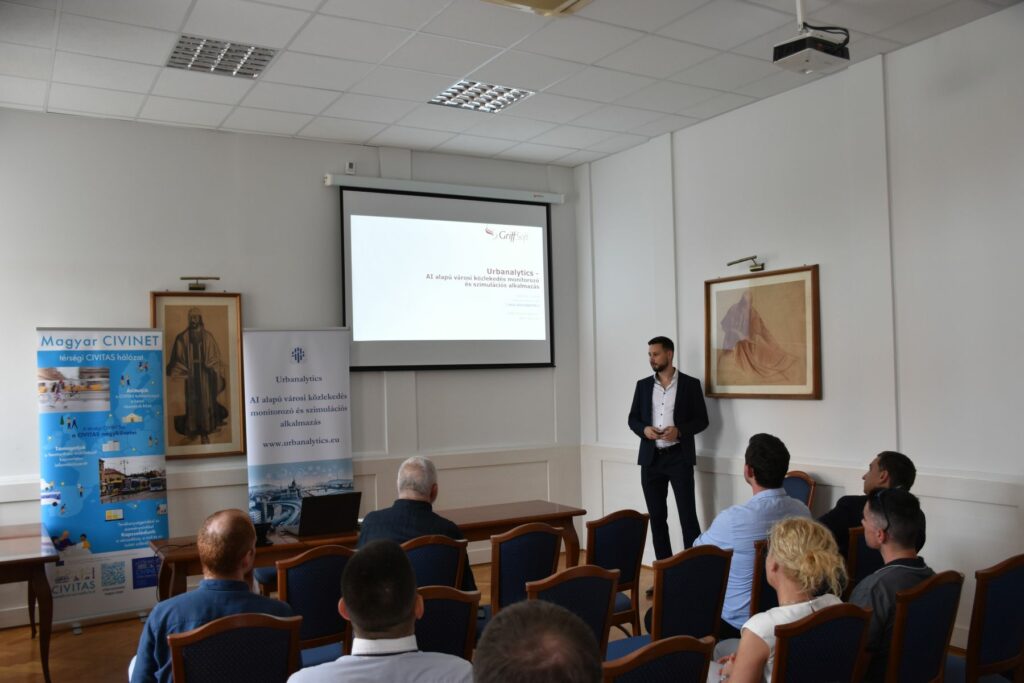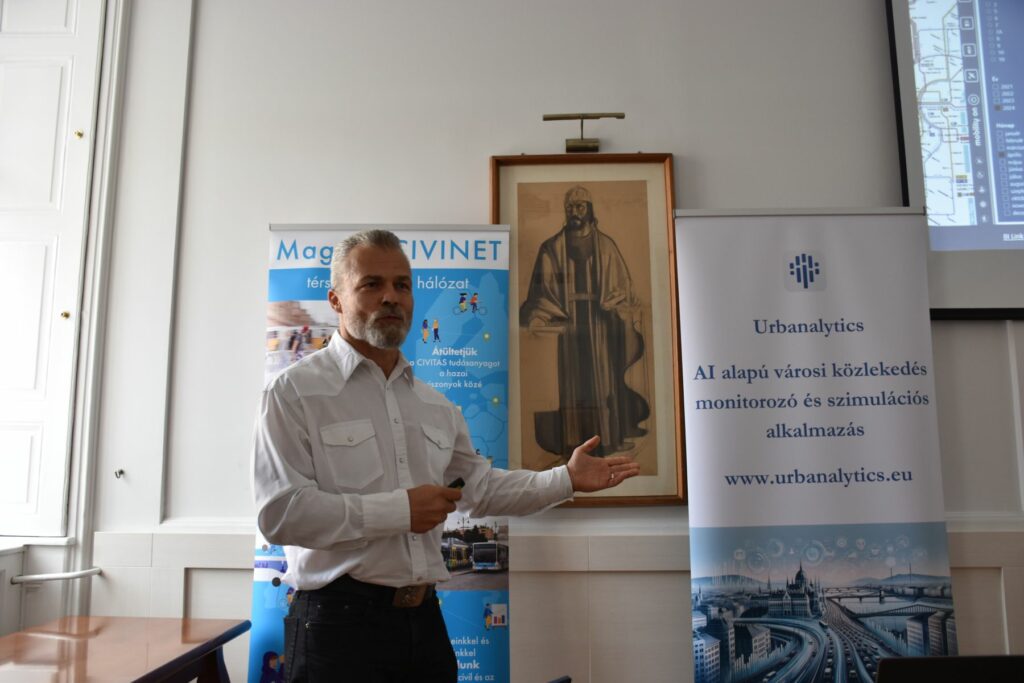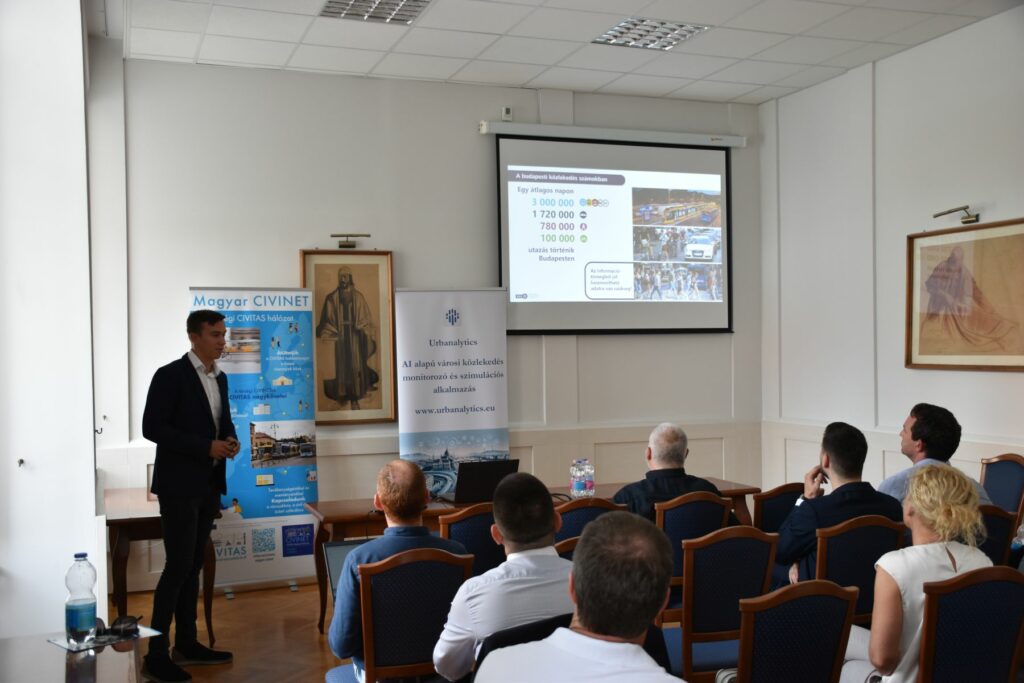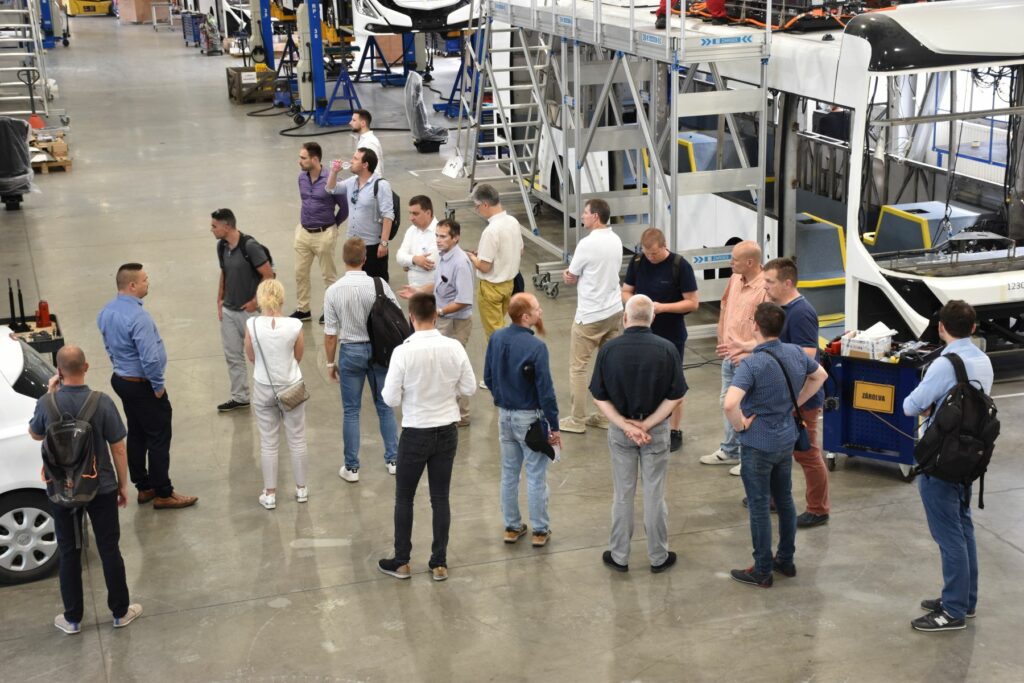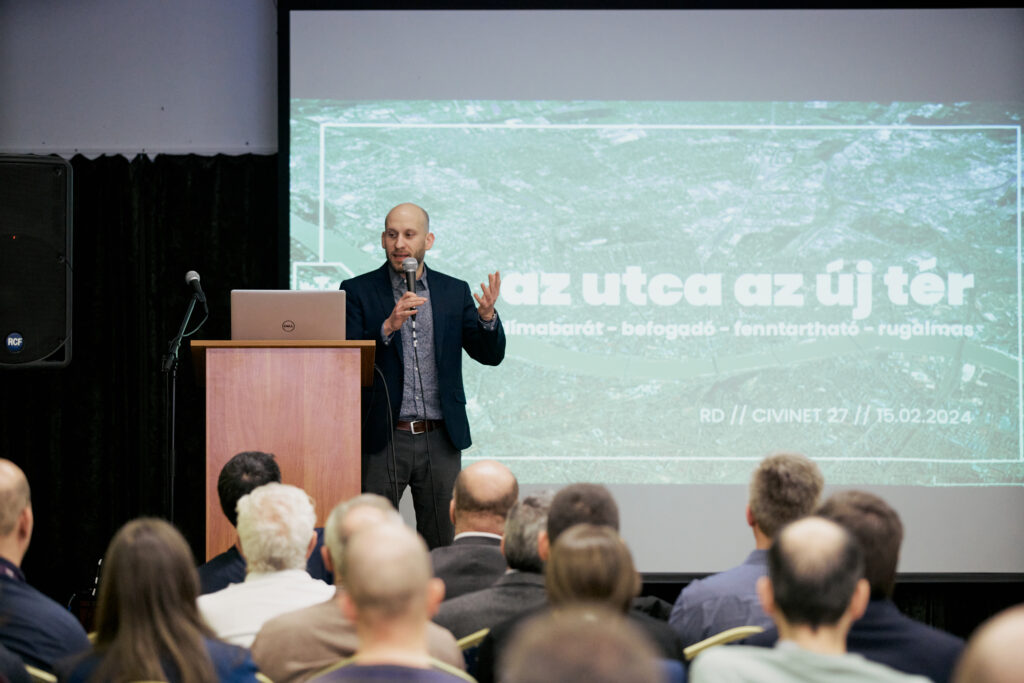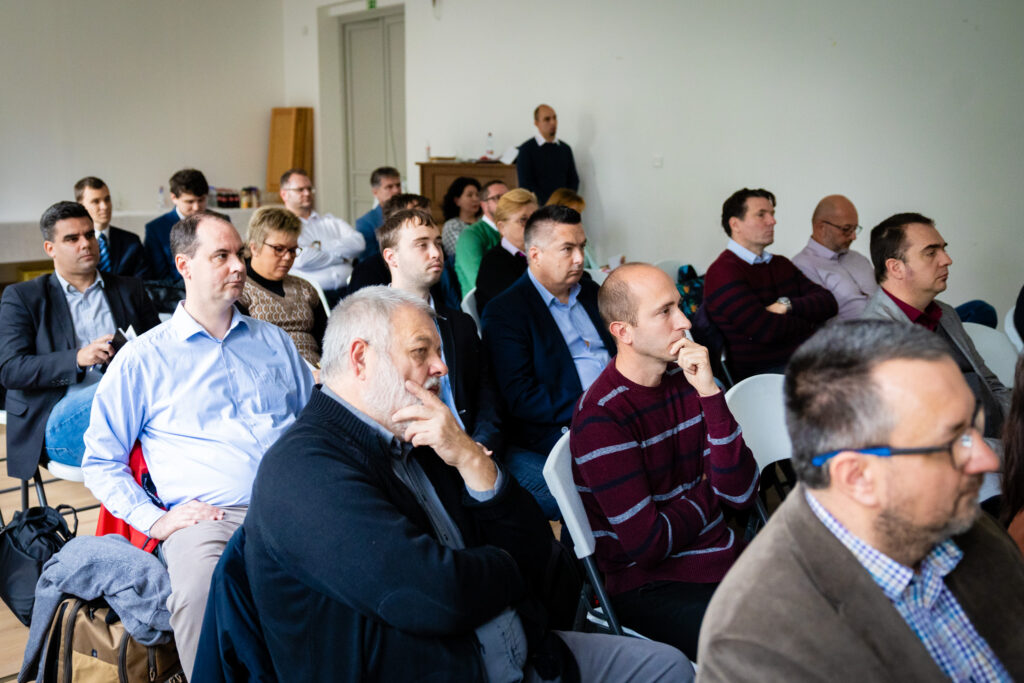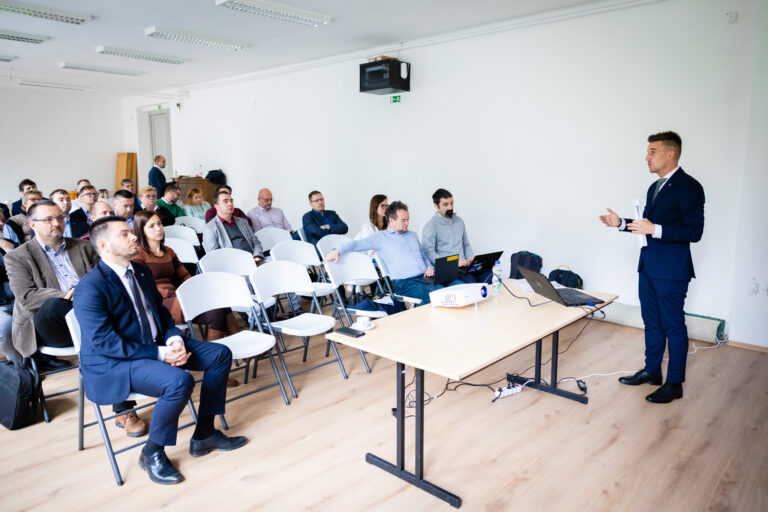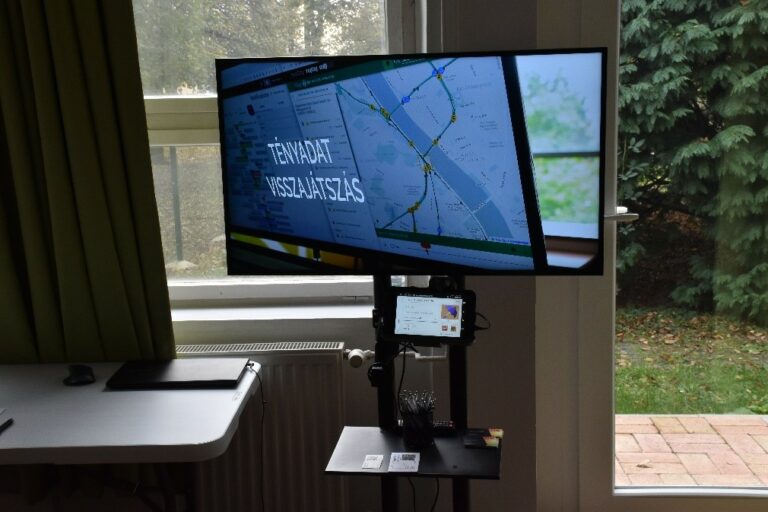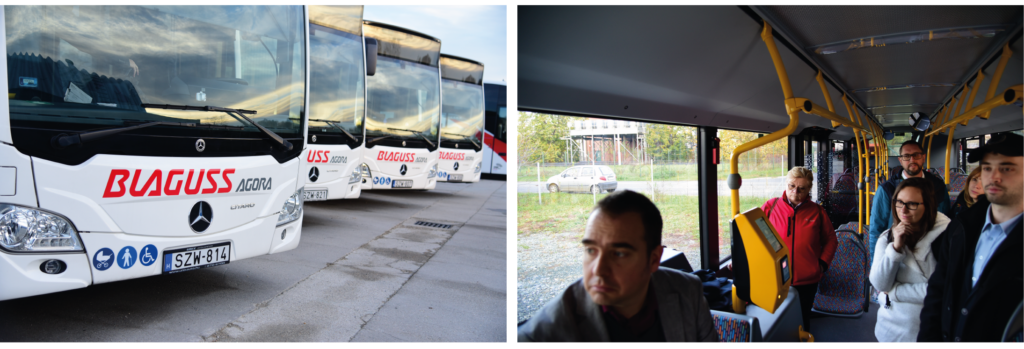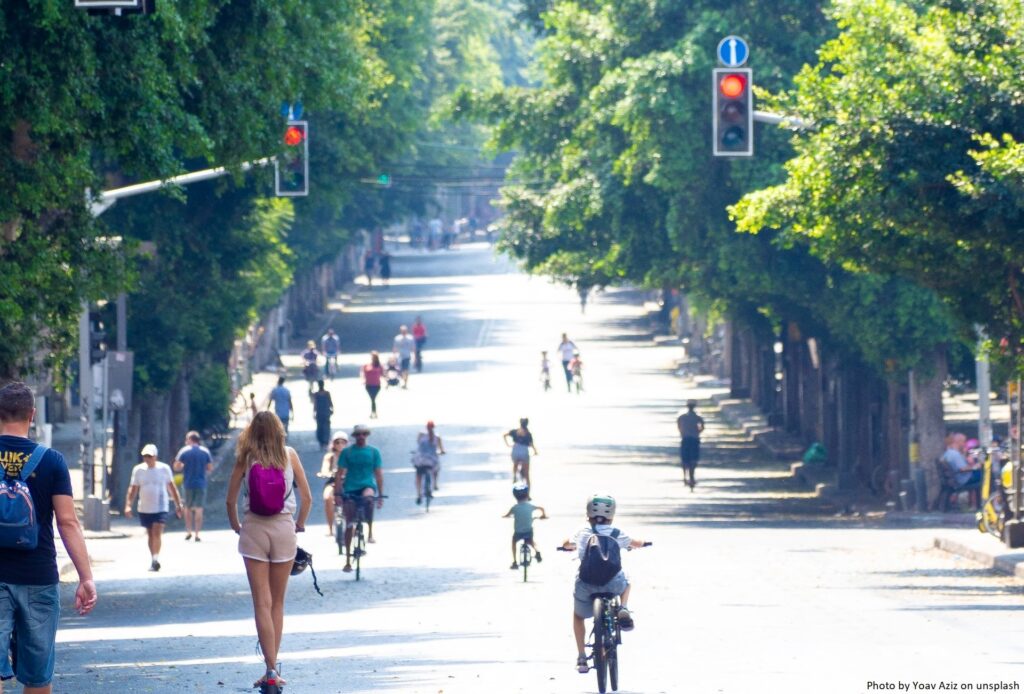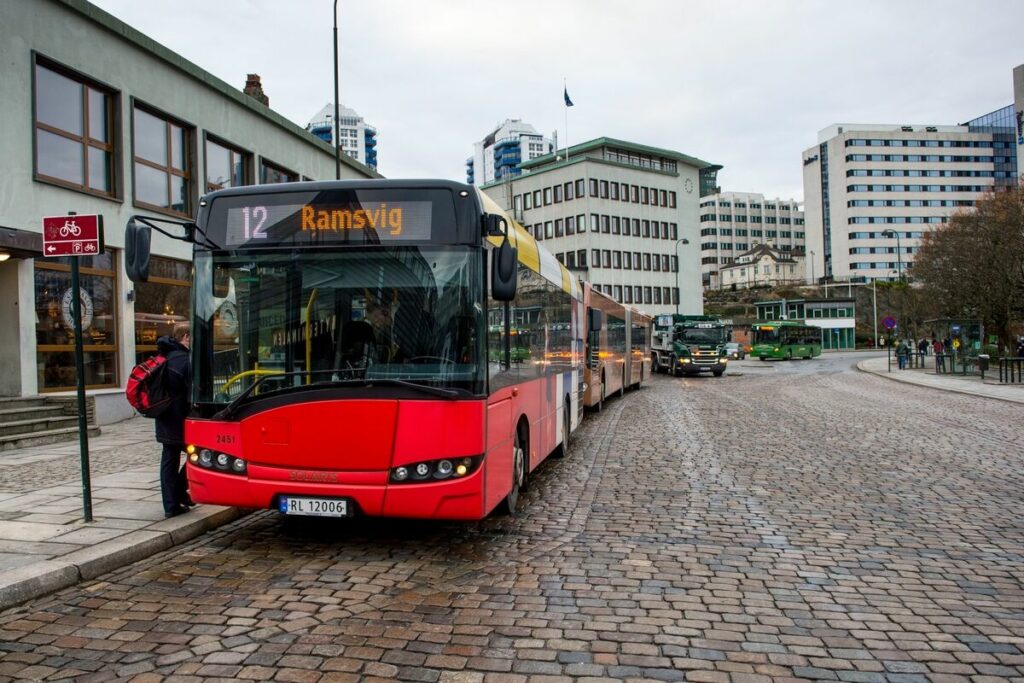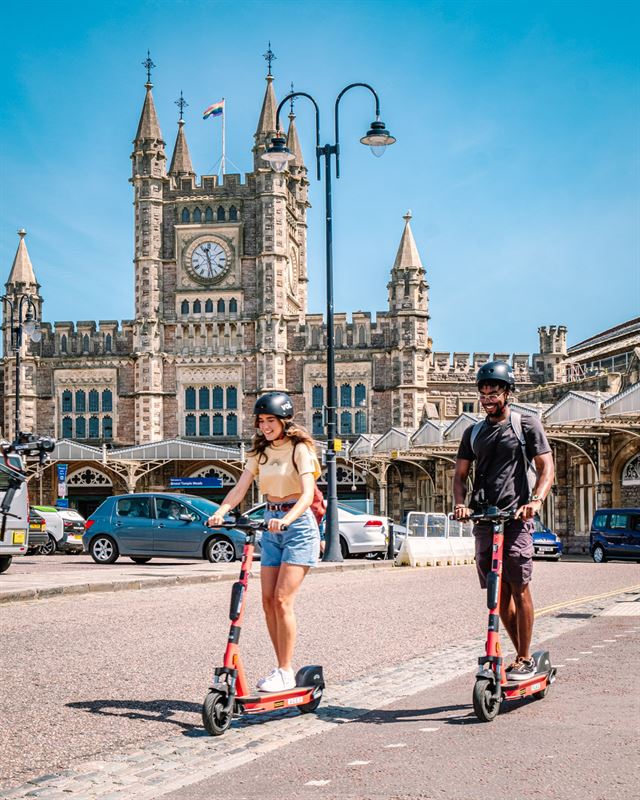As cities and regions seek to move away from car dependence and prioritise active travel, many are turning to Urban Vehicle Access Regulations (UVARs) for support.
From 4-6 October, Urban Mobility Days heads to Seville, Spain, where – amongst other topics – UVARs will be on the programme, exploring cutting edge developments and what is yet to come.
Ahead of the conference, here is a quick recap on what the future may hold for UVARs.
The ABCs of UVARs
Broadly defined as ‘measures to regulate motor vehicular access to urban infrastructure’, they are a useful tool to support cities in becoming healthier spaces for their inhabitants and to reduce climate impacts due to transport-related issues.
These regulations determine the conditions for vehicle access in parts of urban areas, prioritising sustainable mobility, limiting access to certain types of vehicles and creating liveable cities made for people, not cars. UVARs can take many forms including Low Emission Zones (LEZs), congestion charges, Limited Traffic Zones (LTZs), and changes to the road layout, amongst others.
An UVAR regulates under what conditions motorised vehicles are allowed to access a defined location. Those conditions are, inter alia, the weight or the size of the vehicle, its emission level, its occupancy rate, or specific time periods, current air pollution level in the area, or again the driver status as resident of the area, as taxpayer or paying the local traffic congestion fee.
From Rome’s Limited Traffic Zone, to Brussels’ Good Move Regional Mobility Plan, Leuven’s Circulatieplan and Paris’ zone à faibles émissions mobilité, cities across the globe are increasingly turning to UVARs for help. Meanwhile, smaller cities are also using them successfully. Superblock development in Vitoria Gasteiz and Helmond’s Brainport Smart District – where locally led reallocation of space to prioritise active travel and public transport is changing mobility from the bottom up.
Cities of all shapes and sizes have begun to deploy and develop UVARs, with spatial measures, differential pricing (congestion charges for example) and regulatory changes supported by a range of projects including ReVeAL, UVAR Box & UVAR Exchange, and Dynaxbility4CE.
Implementing UVARs: Many options, many players
Cities in Europe and all over the world have set ambitious goals for reducing carbon emissions, improving air quality and making streets safer. To this end, UVARs are measures that contain the massive potential to rethink how we can repurpose urban space, but also significant challenges in their adaptation to various local contexts.
“The issue of UVARs has matured over the past decade, and Europe is at the brink of solving practical issues with regards to satellite navigation and digital enforcement,” says POLIS’ Ivo Cre, who will moderate the session at Urban Mobility Days.
It is not just cities; regions too are key players in UVAR dialogues and implementation processes. Commuter flows, tourist traffic and many other movements of passengers involve travel across municipal boundaries.
“In many cases, UVARs are planned within a city context, but they hold a key role in wider regional governance,” said Laura Babio, Project Manager, POLIS.
UVARs are also being deployed to decarbonise urban freight, encouraging more sustainable last mile solutions – an element this session at Urban Mobility Days will examine in depth. Indeed, Zero-emissions Zones for Freight (ZEZ-Fs) – areas in cities where only zero-emission delivery and freight transport vehicles may enter – have been explored and implemented by many cities (e.g. Santa Monica, USA and Shenzhen, China).
For example, the city and business community of Rotterdam have partnered for a local ‘green deal’ called “010 City Logistics”. Over 600 parties are involved with this voluntary initiative. To also comply with national climate targets, Rotterdam is developing a binding ZEZ-F to launch in 2024.
Pilots in place: findings from the ReVeAL project
The Horizon 2020 project ReVeAL (2019-2022) – Regulating Vehicle Access for Improved Liveability- examined UVARs, supporting cities to develop new mobility management strategies, as well as pricing mechanisms and regulatory measures.
The project, which ran from 2019-2022, piloted measures in six cities: Helmond (NL), Jerusalem (IL), London (UK), Padova (IT), Vitoria-Gasteiz (ES) and Bielefeld (DE), developing 33 building blocks for others to learn from these actions, and tailor similar approaches to their own urban contexts.
“This project took an incredibly comprehensive approach to UVARs, acknowledging the specific social, political, economic and geographical context of a city, to explore how the process of UVAR development and enforcement can be best implemented, with many lessons for others,” says Juliette Thijs from POLIS, who worked on the project.
Indeed, compliance remains a key issue when it comes to UVAR. These measures can often face pushback from residents, causing decision-makers to fear their implementation due to the opposition they might bring. Here, effective communication is critical: if residents are to follow UVARs, they must first be aware of their existence in a clear, accessible, and consistent way.
“While effective UVAR implementation requires cities to digitalise their UVAR measures, these will only be successful with the acceptance and buy-in of citizens: this requires communication to ensure a shared understanding of the UVAR’s goal and a willingness to be part of achieving it, resulting in a more attractive and liveable city,” says Bonnie Fenton, Sustainable Mobility Consultant at Rupprecht Consult GmbH
This especially becomes key in a European context that is continuously more interconnected, thus involving various local and regional policies that users, vehicles, and mobility providers must be aware of. It is within this background that digital tools become incredibly useful to inform all stakeholders of the presence and the features of a specific UVAR, in a way that is both fast, cost-effective, and relatively easy to implement.
“This has been a learning process, we have been learning from the very beginning, and we continue to do so today!” Juan Carlos Escudero-Achiaga, from the Spanish city Vitoria-Gasteiz told ReVeAL’s Final Conference.
New technologies are changing the game
As data and digital technologies and services become increasingly important in the monitoring and enforcement of UVARs, such technologies will be ever more important. In Rome – like many cities – electronic gates are being installed and controlled through a System Data Centre, while other cities are beginning to utilise new technologies like Intelligent Speed Assistance (ISA), Advanced driver-assistance system (ADAS) and geofencing.
However, one complexity facing cities and regions is ensuring understanding and compliance. This can be a challenge, especially in the case of non-local visitors who (potentially) wish to access a restricted zone. Language is sometimes an obstacle, as information on traffic signs is often only available in the local language.
UVAR Box – an EU funded project – took the first step by creating an exhaustive database of UVARs from Belgium, the Netherlands, Germany, Austria, and Italy and standardising it to a single format. This enables cities to provide this key information to navigation service providers who can in turn inform users of their presence. Once drivers are aware of such measures through the navigation tools that they use, compliance is expected to increase. UVAR Box’s legacy carries on in the UVAR Exchange project, with efforts to harmonise such measures on an EU-wide scale by fostering cross-border data exchange.
“Due to the intricacy of rules related to urban vehicle access regulations, up-to-date UVAR data needs to be readily available on navigation services and smartphones to facilitate vehicle access to urban areas. This first crucial step was achieved by UVARBox.” Says Niklas Schmalholz, Project Manager on UVARbox.
“UVARBox provides an opportunity for cities to digitise urban vehicle access regulations by using a dedicated platform that allows cities to submit data in various formats, which will be later integrated in a common EU-wide database in the machine-readable DATEX-II format.”
The aim of the digitisation efforts across this project was also to comply with data production requirements for the Single Digital Gateway (SDG), which facilitates online access to information, administrative procedures, and assistance services that EU citizens and businesses may need in another EU country.
What’s next?
As UVARs continue to expand and develop, with cities testing new ways of implementing, monitoring and regulating changes, the session at Urban Mobility Days will provide the latest updates on best practices, the promises of new technologies and fostering citizen engagement.
Cities manage a variety of UVARs while seeking to comply with EU air quality standards and to limit congestion and traffic-borne emissions. This session will bring together voices from across the sector to find solutions to some ever-pressing challenges, reflecting on the then recently published UVAR recommendations by the Expert Group on Urban Mobility (EGUM).
“I am happy to discuss these issues with key stakeholders at the conference. Cities, member states, professional drivers, the vehicle rental and parking sector will bring insights forward, that can bring us closer to an accepted European concept for UVARs.” says Ivo Cre.
For more information on the Urban Mobility Days, view the programme here: urbanmobilitydays (europa.eu)
